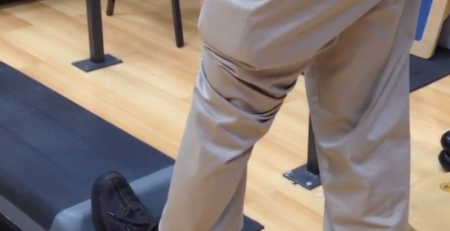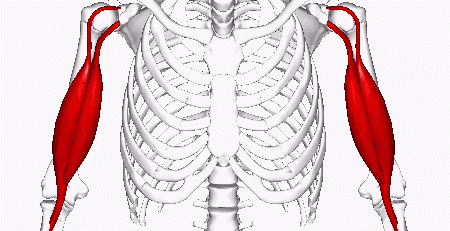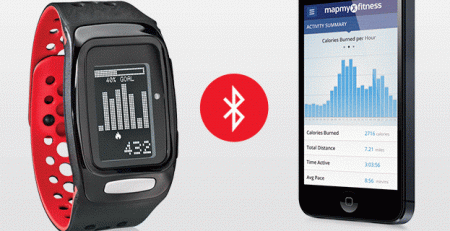Why and How Should you Warm Up Before Running
If you start out quickly , you’re in risk of pulling a muscle, tweaking a tendon, bone, or joint, or getting into a pace that you can’t sustain.
1. Walk. Walk slowly for 3-5 minutes. Many people skip the walking part. But it’s actually the best activity to ease your body out of sitting mode and into workout mode. The motion of walking takes the muscles, tendons, and joints through a range of motion that’s similar to what it will go through in running. This not only brings up the temperature of the muscles and the core, but it enhances the blood flow to all the muscles you’ll need for running and sends your brain the message that it’s time to go. Walking is especially helpful for runners who are coming back after an injury.
2. Add strides.
- Jog for at least 2 minutes—preferably more.
- Gradually accelerate over the course of 60 to 100 meters, then gradually decelerate.
- After each stride, walk around and shake out your legs for 90 seconds.
- Then stride back in the opposite direction.
- Strides should not be timed, and the exact distance of each stride is not critical.
3. Do dynamic stretches. Static stretching, is when you hold a muscle in an elongated, fixed position for 30 seconds or more.
- Skipping Try skipping for 25 to 50 meters, gradually increasing the height and range of each skip as you go.
- Side step/shuffle Step to the side, 10 to 20 meters to the right, then 10 to 20 meters to the left. You can do it walking and gradually progressing to a jog. As your muscles start to warm up, you can build the intensity so that you’re trying to cover as much ground as possible with as few steps as possible.
- Butt kicks While standing tall, walk forward with an exaggerated backswing so that your heels come up to your glutes. When this is easy, try it while jogging. Do 10 reps on each side. Too easy? Alternate butt kicks with high knees. Do five butt kicks, then do five high-knee steps. The butt kicks stretch the quads and the “high knees” stretch the glutes.





